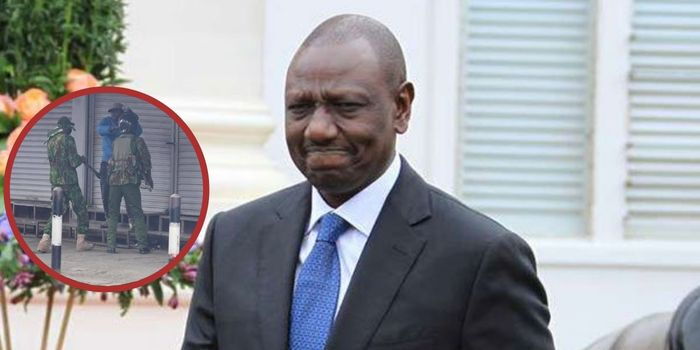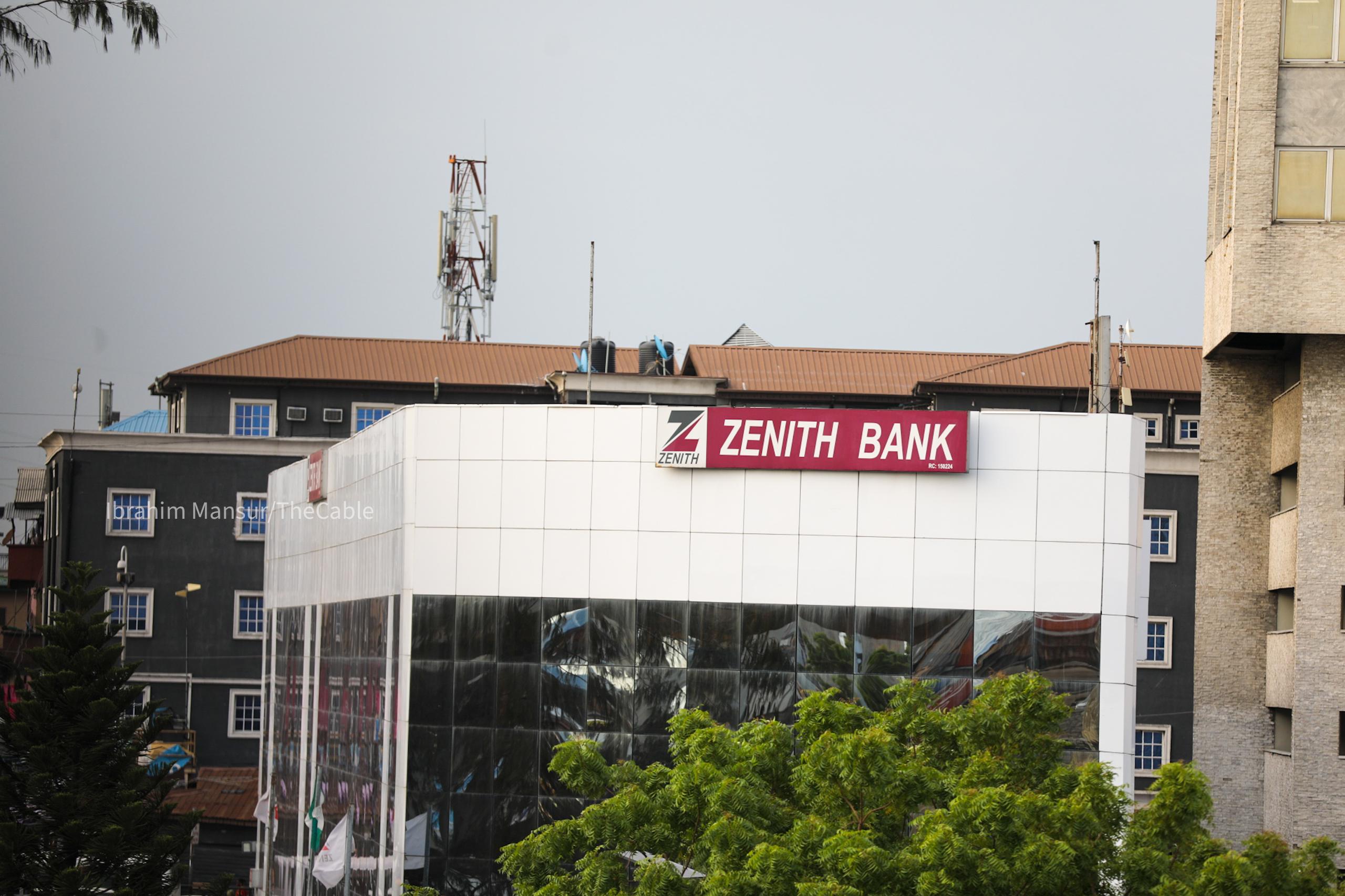Travel Deals Worth Noticing From Cyber Monday Past
Reviewing previous airfare promotions, particularly those tied to major shopping events like Cyber Monday, highlights a clear trend: specific flight routes often see notable price reductions. While tracking the exact cost of a past flight on a precise date can be challenging, understanding which routes frequently appear in these sales is key. Airlines often strategically discount travel on popular leisure corridors from major hubs, but sometimes also routes they need to stimulate demand for. Paying attention to these patterns, combined with general knowledge about when travel typically costs less – like opting for midweek departures – can give you an edge. It helps in forming expectations and being prepared when the next large-scale sale event occurs, even if predicting the future exact price remains an educated guess rather than a certainty.
Observing historical flight sale activity reveals several notable patterns concerning specific routes. From a data-driven perspective, the following points often surface:
Routes where multiple carriers compete directly often appear to feature the most substantial fare reductions during sale events. This seems to be a direct consequence of the intense rivalry for passengers on these specific city pairs.
Significant price drops on particular routes can also function as a tactic to fill available seats that haven't been booked at expected rates for upcoming travel dates. This serves as an inventory management tool, aiming to ensure flights depart as full as possible.
Sales are frequently directed towards routes connecting areas that are experiencing opposite seasonal periods. The apparent goal here is to encourage travel during what would otherwise be slower seasons at the destination, helping to distribute passenger volume more evenly throughout the year.
Airlines also appear to use sales on certain routes to manage their overall network load balance. This can involve subtly encouraging traffic flow towards less congested hubs or pushing demand into less busy travel periods, which likely supports operational efficiency across the system.
It is commonly observed that promotional pricing is applied to newly introduced routes. This initial discounting phase seems designed to quickly bring the new service to the attention of potential customers and establish its footprint in the market, building an initial base of travelers.
What else is in this post?
Looking back at the recent surge in promotional activity often centered around late November, it wasn't just airfare seeing attention. The accommodation side of travel, from major hotel chains to popular booking platforms, also rolled out a variety of offers. These typically involved price reductions on room rates or added benefits for guests booking during the promotional window. For many travelers, these limited-time sales presented a window to secure stays for upcoming trips, sometimes well into the next calendar year, at more favorable rates than might otherwise be available. While some widespread discounts were featured, the really compelling value often seemed tied to particular brands, stay lengths, or specific properties, requiring shoppers to really dig into the details rather than expecting universal savings across the board.
Examining how hotels structure offers during significant online sale periods reveals several calculated strategies beyond simple price cuts.
One notable observation is the high degree of algorithmic sophistication governing room rates and offer availability. During peak sale traffic, system models can seemingly adjust pricing and promotional nuances in near real-time, reacting to booking pace and competitor moves. This suggests a dynamic pricing environment where the precise terms encountered can literally shift minute by minute.
Analysis of booking patterns during these events often shows a focus on incentivizing longer stays. Promotions requiring a minimum number of nights, for example, frequently correlate with a higher average spend per guest throughout their stay on ancillary services, indicating these requirements are likely tied to models predicting total revenue rather than just room nights sold.
Many hotel platforms and chain sites deploy techniques rooted in behavioral psychology. Visual cues indicating limited availability ("only a few rooms left") or social proof ("others are currently viewing") are often utilized. While common e-commerce practice, their application during high-volume travel sales periods is clearly designed to induce a sense of urgency and potentially accelerate the booking decision process.
The complex landscape of online travel distribution occasionally presents situations where rates available through large booking platforms appear to undercut the direct pricing offered by the hotel chain itself for the same property during a promotional window. This points to the intricate and sometimes opaque nature of wholesale agreements and channel management strategies between hotels and aggregators.
Offers involving bonus loyalty currency are typically underwritten by sophisticated actuarial modeling. The decision of how many points to award is likely tied to projections of future points redemption rates and expiry patterns, determining the true cost versus perceived value of the incentive from the hotel chain's perspective. It's a financial calculation based on anticipated points "breakage" as much as a guest reward.
The duration for which promotional fares are valid, often referred to as the travel validity window, has shown shifting patterns in recent times. It appears there's less emphasis on offering deals that allow travel far, far into the future compared to earlier periods. Simultaneously, the typical booking lead time – how far ahead of a trip travelers actually purchase their tickets – has experienced its own set of ups and downs. This seems driven by the fluid nature of traveler confidence and the inherent volatility observed in the market. Airlines seem to be calibrating fare reductions, not just based on competition or the need to fill seats, but also by adjusting the validity periods to match observed changes in how far out people are willing or able to commit to travel. This means being prepared to act quickly when appealing fares pop up for more immediate or near-term travel could be key to catching a good price.
Shifting focus slightly from the routes themselves to the temporal constraints applied to past offers reveals another layer of analytical strategy. The duration for which travel booked during a sale is actually permissible – the validity window – isn't arbitrary; it appears carefully calculated, likely grounded in historical demand patterns and predictive modeling.
Observation suggests that the most significant price reductions are typically tied to the shortest validity windows. These often necessitate travel relatively soon after the promotional booking period closes, sometimes within a matter of weeks. This seems correlated with models aiming to offload immediate, unsold inventory where even substantially reduced fares contribute positively against marginal operating costs.
Furthermore, a granular analysis of the allowed travel dates within these sale windows often uncovers precise exclusions. Specific individual days or micro-periods known for predictable high demand, such as the days immediately surrounding commonly observed public holidays, are frequently blacked out. This detail points to a sophisticated revenue management practice designed to protect peak revenue opportunities from dilution by sale pricing.
The concentration of validity on mid-week travel days, commonly Tuesday through Thursday, is another recurrent theme. This alignment with historical data showing these days as consistent low points in passenger volume makes analytical sense. These periods represent predictable troughs where price sensitivity is likely higher, making them ideal targets for stimulating demand through promotional fares.
The overall maximum length of the validity window itself appears to reflect an airline's longer-term demand forecasts. When internal data models project softer booking curves further into the future, the validity period for a sale might extend further out. Conversely, shorter windows could signal periods where future demand is anticipated to recover or hold stronger at standard rates.
Finally, a frequently observed pattern places sale validity squarely within the travel weeks immediately following major holiday clusters. This strategy leverages data-identified lulls in demand that naturally occur as peak travel recedes, presenting fertile ground for price-stimulated booking to fill otherwise quieter periods.
Looking back at previous promotional periods centered around events like Cyber Monday, certain destinations consistently surface in the listings. This recurrence points towards specific markets that travel companies, particularly airlines, frequently target for these broad sale initiatives. We often see destinations popular with leisure travelers featured prominently, alongside major metropolitan hubs and markets with well-established high-volume traffic. It's not so much about obscure routes receiving sudden deep cuts, but rather about observing which well-trafficked places and vacation strongholds are reliably part of these recurring sales strategies. Understanding which destination types show up most often offers insight into where potential deals are historically concentrated.
Examining the recurring appearance of specific destinations in past travel promotions provides insights beyond simply noting where fares dropped. It reveals certain underlying factors or characteristics of these locations that seem to make them frequent candidates for promotional pricing strategies.
1. Some destinations consistently seen in deals appear to possess highly specific, perhaps counter-intuitive, microclimates or localized environmental cycles. These patterns, unlike broader seasonal shifts, can create narrow windows of predictably lower visitor traffic based on localized conditions, providing precise temporal targets for demand stimulation through fare reductions.
2. The inherent operational characteristics and infrastructure capacity of a destination's main air transport gateway often seem to play a role. The need for airlines to optimize utilization of airport slots, manage congestion at specific times, or simply fill arriving and departing capacity during less popular hours can make that destination's routes more likely candidates for timed promotions.
3. Offers to particular locations sometimes correlate with predictable, recurring biological or natural events unique to that region, such as migratory movements, specific plant blooming periods, or astronomical occurrences. These natural calendars can unintentionally punctuate the year with minor potential demand drivers, which airlines may attempt to leverage with strategically timed fare deals.
4. Destinations frequently featured in promotions often have a dispersed, less centralized calendar of localized festivals or cultural events occurring throughout the year, particularly outside conventional peak tourist seasons. While not major draws individually, the collective frequency of these niche events can provide airlines with numerous small-scale anchors around which to build tactical, limited-time fare incentives.
5. The consistent highlighting of certain locations can likely be attributed to the availability of deep, highly reliable historical data concerning past travel patterns and demand elasticity for those specific places. This wealth of information permits airlines to employ highly sophisticated predictive analytics to model and precisely identify moments when promotional pricing is calculated to yield the most favorable marginal return against a known demand baseline.
When exploring travel deals, it's essential to look beyond just airfare and accommodations to fully appreciate the value of bundled offerings. A notable pattern in past sales has been the inclusion of additional components within vacation packages. These packages often go beyond merely combining flights and stays, incorporating elements like ground transportation, pre-booked tours or activities, and frequently, travel insurance. The intention behind offering these multi-component deals is to provide travelers with a more complete trip solution upfront, positioning it as both convenient and potentially more cost-effective than booking each item individually. While the convenience factor is clear, the actual benefit hinges on whether the included extras genuinely meet a traveler's needs and would have been purchased anyway. It requires careful consideration to assess if the combined price offers true savings compared to sourcing each part separately and ensuring the quality and suitability of the included components align with expectations.
Observation of rental vehicle pricing during peak promotional periods suggests an integration with surprisingly granular logistical data. Algorithms appear to factor in not merely vehicle category demand and inventory levels, but also predictive models concerning localized traffic density and even anticipated road network stress points. This dynamic adjustment hints at a system attempting to optimize fleet deployment costs and predict potential operational delays factored into the effective rate presented to the customer.
For destination-specific activity bundles, analysis indicates pricing and availability models incorporate data extending beyond simple calendar-based seasonality. Providers appear to utilize localized meteorological forecasts, sometimes down to hyper-local microclimates, and for certain activities, integrate astronomical data like tidal schedules or solar path predictions. This fine-grained temporal tuning aims to align offer availability with optimal environmental conditions for participation, effectively selling based on predicted experience quality rather than just a date.
The structure and cost of optional components like trip interruption or delay coverage, particularly when bundled into package deals, reveal a sophisticated layer of probabilistic risk assessment. Pricing appears correlated with statistical models predicting the likelihood of operational disruptions, possibly drawing on historical air traffic control data specific to the anticipated routes and airports involved, factoring in historical patterns of system-wide delays to quantify potential payout liability.
Examination of bundled travel offers often goes beyond the intuitive combination of flight and accommodation. The algorithmic logic driving suggested packages appears to draw from complex statistical analysis identifying non-obvious correlations in past purchasing behavior across a wide spectrum of ancillary services – ranging from lounge access passes to specific types of local transport or even museum tickets. This suggests a system optimizing not just for immediate margin on bundled components, but for increasing the overall predicted transaction value based on observed cross-selling patterns, even when the connection isn't immediately apparent to the traveler.
Even seemingly peripheral services like airport parking, sometimes offered as part of larger travel deals, exhibit pricing dynamics potentially linked to real-time operational modeling. The rates may be influenced by predictive analytics concerning anticipated passenger flow through terminals and potential gate area congestion levels during the specific travel dates. This implies a strategy to manage demand for finite parking resources based on expected peak times and passenger density within the airport environment, seeking to price access according to predicted peak operational stress.














